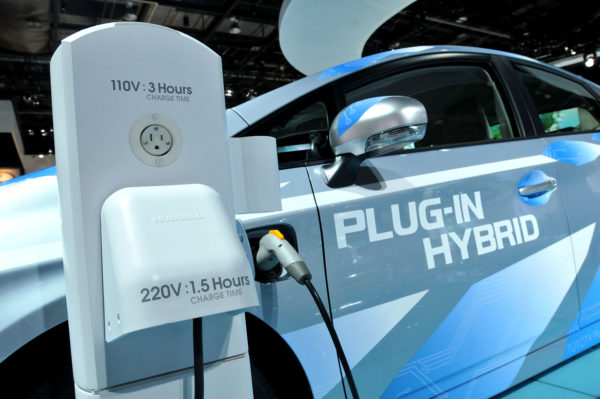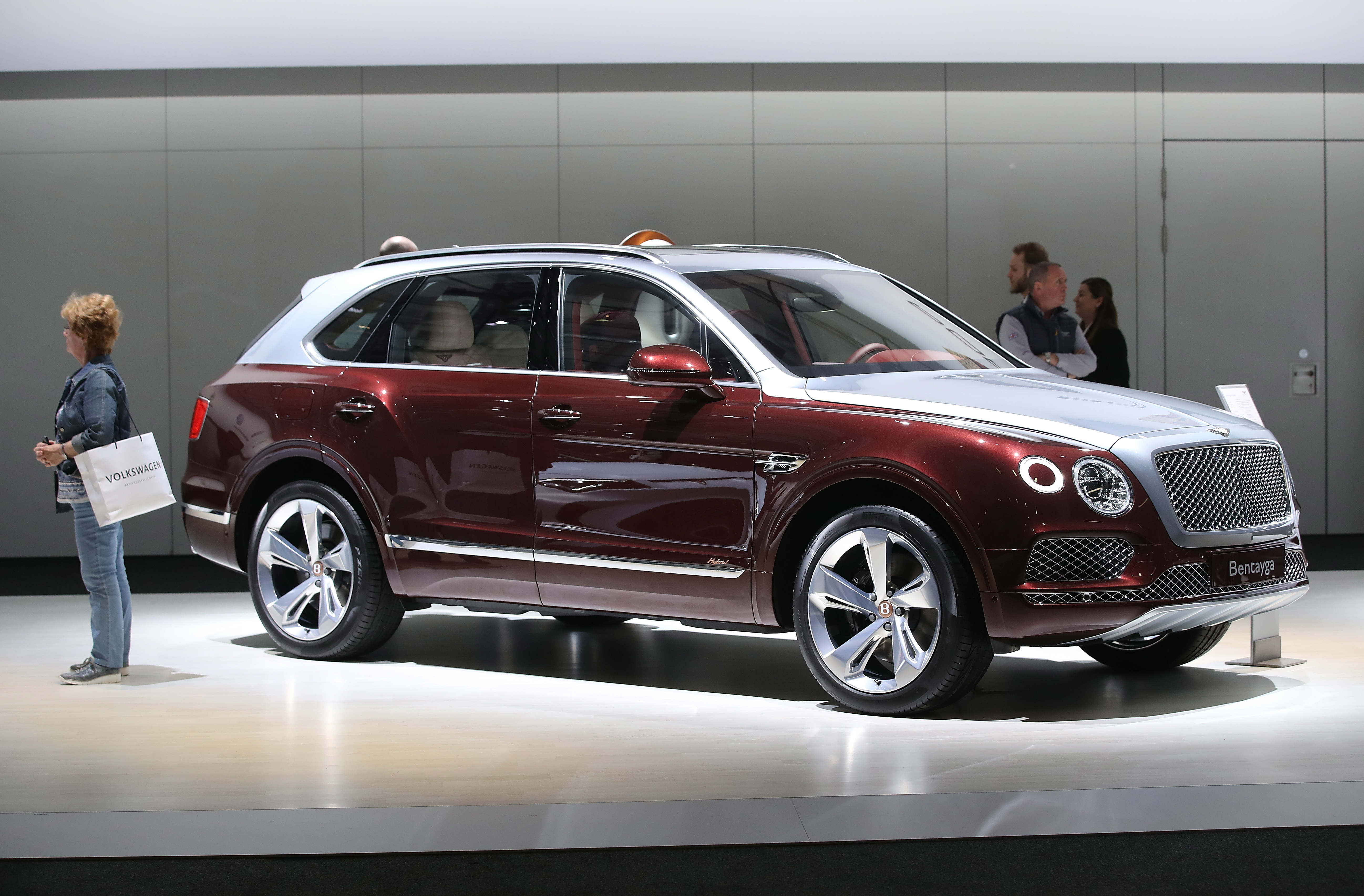The rise of the electric car: five things you need to know
People are, finally, buying electric cars but will sales lift off as solar panel installations did? and will it make a difference to air pollution and climate change?

In a break from Brexit, the UK government is set to host the first large-scale global summit on electric cars.
The summit takes place in Birmingham, both a hub for the UK’s car industry (electric and otherwise) and a region troubled by air pollution. One of the focuses of the event will be how zero emission vehicles can tackle both air pollution and climate change.
It may or may not work out for the UK, given the precarious position of the UK’s car industry in the Brexit haggling, but the fact a beleaguered government has chosen to invest political capital in talking about electric cars shows how the industry has changed over the past decade.
Here are five things you need to know:
1) Some people are finally buying electric cars
For years electric cars were more of an idea than a reality. They still account for a very small percentage of the global car fleet but sales are now growing rapidly, as clean energy installations did a decade ago.
In 2010 there were a few thousand electric cars on the road worldwide. In 2017 the number surpassed 3 million and rose to 4 million six months later. More than half of global electric car sales were in China, followed by Europe (20%) and the US (17%) in 2017. In the UK sales reached a new record in August – spurred on by higher petrol prices.
2) Government policies are driving the rise of electric car sales
Various key countries have announced plans to stop the sale of cars that rely on fossil fuels. Norway set out the earliest ban on all fossil fuel cars by 2025. Netherlands, Ireland, and Slovenia have put 2030 as the target year and India is reportedly mulling something in the same time-frame. France, the UK, and Sri Lanka committed to phasing out the sales of ICE vehicles by 2040, and Sweden by 2045. China has reportedly proposed a ban – but it is yet to be confirmed.
Whilst these policies look impressive, they may not mean a great deal – depending on how they are implemented. In the short term most electric cars are sold in cities and city plans to phase out fossil fuels – or limit diesel emissions – are arguably a bigger driver of sales.
In 2017 12 cities announced phase out dates for gasoline and diesel cars. In 2016 four major cities introduced diesel car access restrictions. And 14 mayors signed the Fossil-Fuel-Free Streets Declaration committing them to ensure all busses are zero emission by 2025 and cities have zero emission zones by 2030.
Finally, and crucially, direct subsidies still play a crucial role in electric car sales – as they did in the rise of renewable energy.
China, Norway, the US, UK, Germany and Sweden all offer some kind of financial incentive for electric car ownership. In Denmark, meanwhile, electric car sales dropped by 60% in 2017, after the government announced it would phase out tax exemptions.
Even more directly many governments, including Canada, France, China and India are simply buying lots of electric cars whilst cities such as London move to bring in electric taxis.
3) People drive electric cars in places where they can charge them
The growth of electric cars depends on the availability of charging points. Norway and Netherlands has ten times more chargers per capita than the average market – and a lot more electric cars.
Getting charging points in place, however, has been pretty slow. New public-private partnerships between utilities, local and national governments – and moves by oil companies to put chargers on forecourts – could change that, but so far it’s pretty piecemeal.
In Europe, the UK announced a £400 million investment fund for charging, in the US
New York Power Authority released a $250 million statewide EV charging plan and California Public Utility Commission approved a $738 million worth of EV charging projects for three big utilities.
The Chinese government plans to build 4.8 million charging points by 2022 with $1.9 billion of investment.

4) Manufacturers are going to offer lots of electric cars (and petrol and diesel ones too)
Car manufacturers are rushing to introduce electric models across their range – much as they once did so in Europe for diesel.
The number of EV models will increase from 155 in 2017 to 349 by 2025, according to estimates by Bloomberg New Energy Finance (BNEF). Major auto companies will release long-range EV models between now and 2025, and nearly half of the launches will be SUVs.
That comes with significant investment, around $140.7 billion into electric vehicles by 2022 according to BNEF. The only catch? Only a few companies, such as Volvo, have committed to stop conventional cars and even they plan to continue to sell “mild hybrids” which are, essentially, more efficient petrol cars.
“We could of course have prioritised [fully electric cars], but we would then of course have cars that are difficult to charge for our customers,” is what Volvo’s international chief executive Håkan Samuelsson told Unearthed last year.
As for big investors like VW? They plan to have an electric option for each model, but petrol and diesel options will persist too.

5) Electric cars displace oil – but how much is debated and there is always coal to worry about
Bloomberg has forecast that electrification could displace 7.3 million barrels a day of transportation fuel by 2040.That is a significant amount – leading analysts to speculate that it could punch a big hole in the oil price, potentially driving down oil production.
However, it seems unlikely to be enough to reduce emissions from transport in line with preventing catastrophic climate change (we understand calculations on this are being carried out in various places).
That said, forecasts about clean energy and electric cars have a very often been wrong with BP, Exxon and Opec all recently revising their predictions of electric car demand. Bloomberg tends to be a trifle more optimistic (after all, they don’t have skin in the game) but it’s safe to say the numbers could change wildly depending, it seems, on such mundane issues as whether anyone can get their head around building a global and cross-car compatible charging infrastructure.
Once that is in place there is a final key factor: where the power comes from. China is the world’s largest market for electric cars and it is also investing heavily in renewable energy. However, coal remains a key power source and the latest data reported by Unearthed suggests China’s emissions are actually rising again.
Electric cars powered – even partially – on coal will not provide major benefits when it comes to climate change or air pollution.




